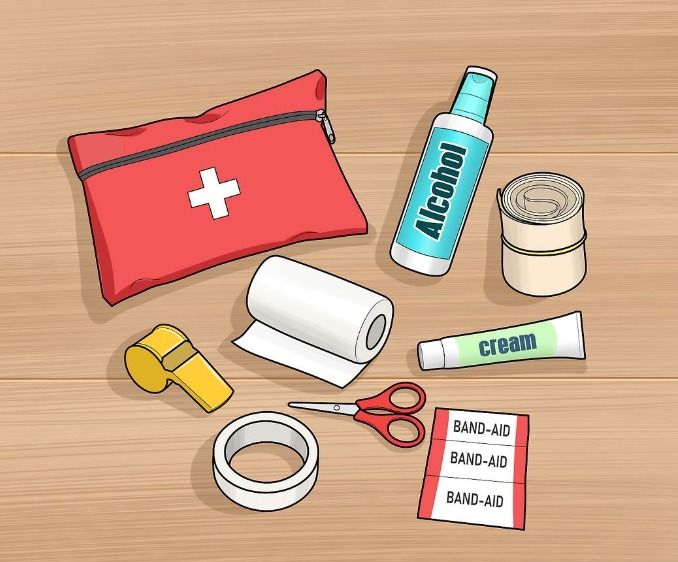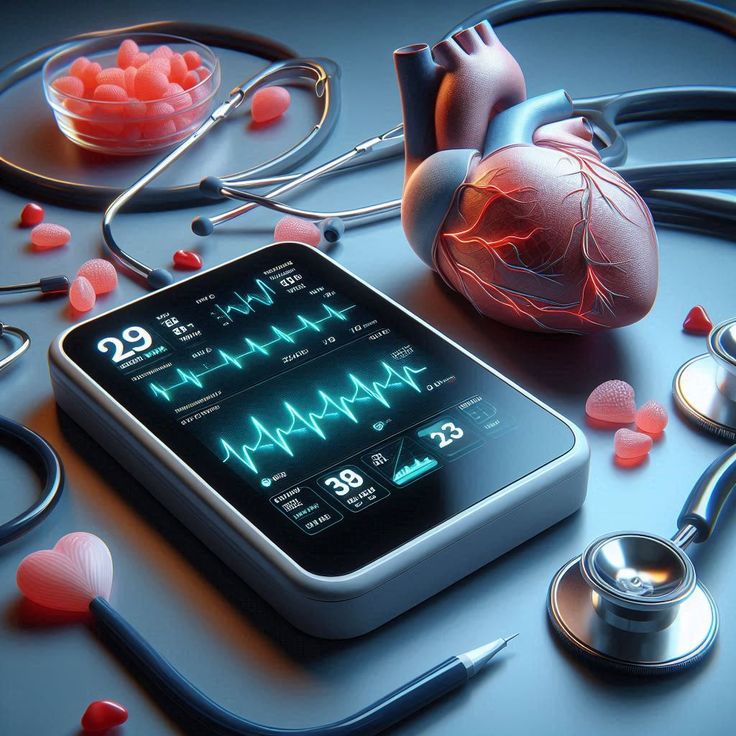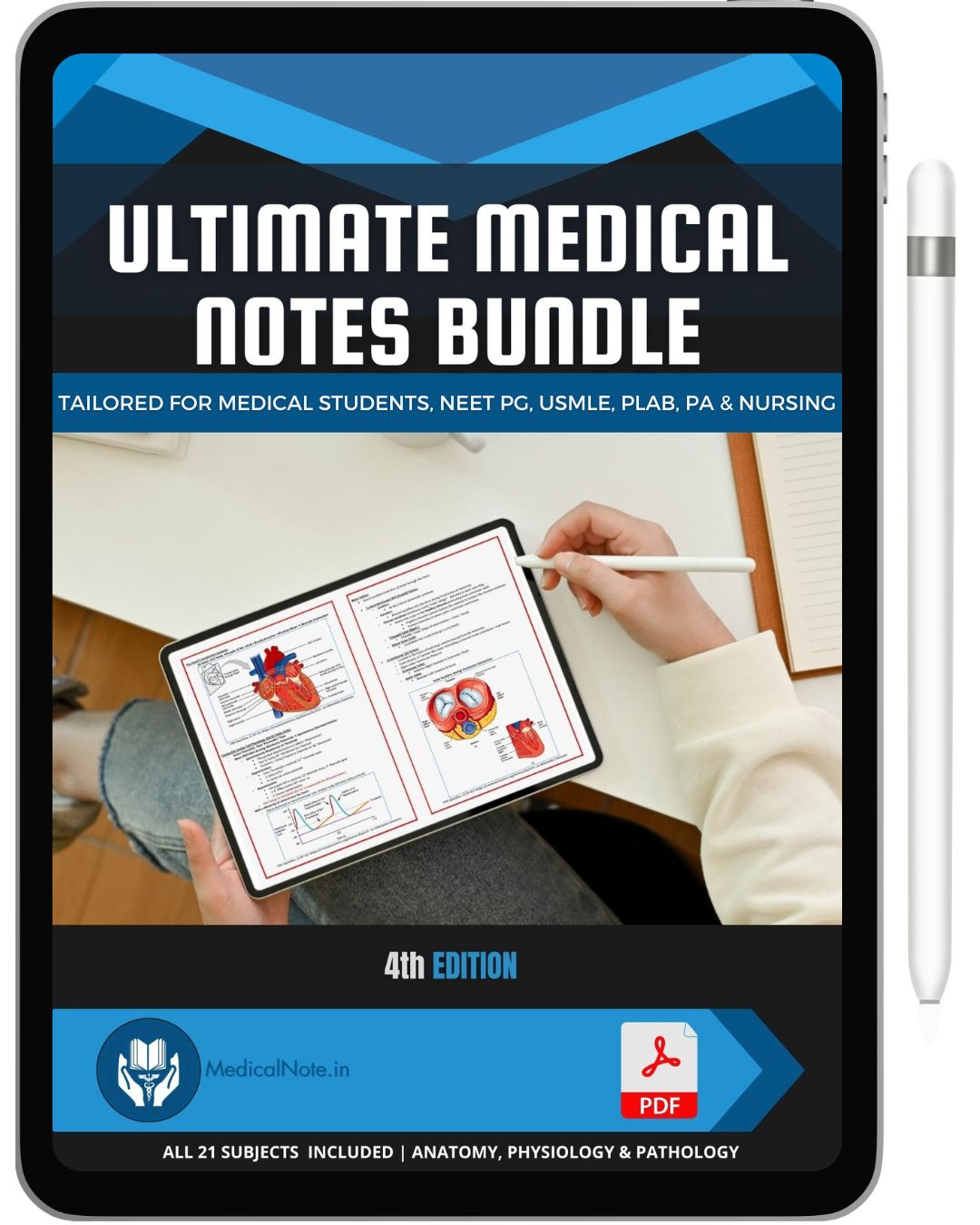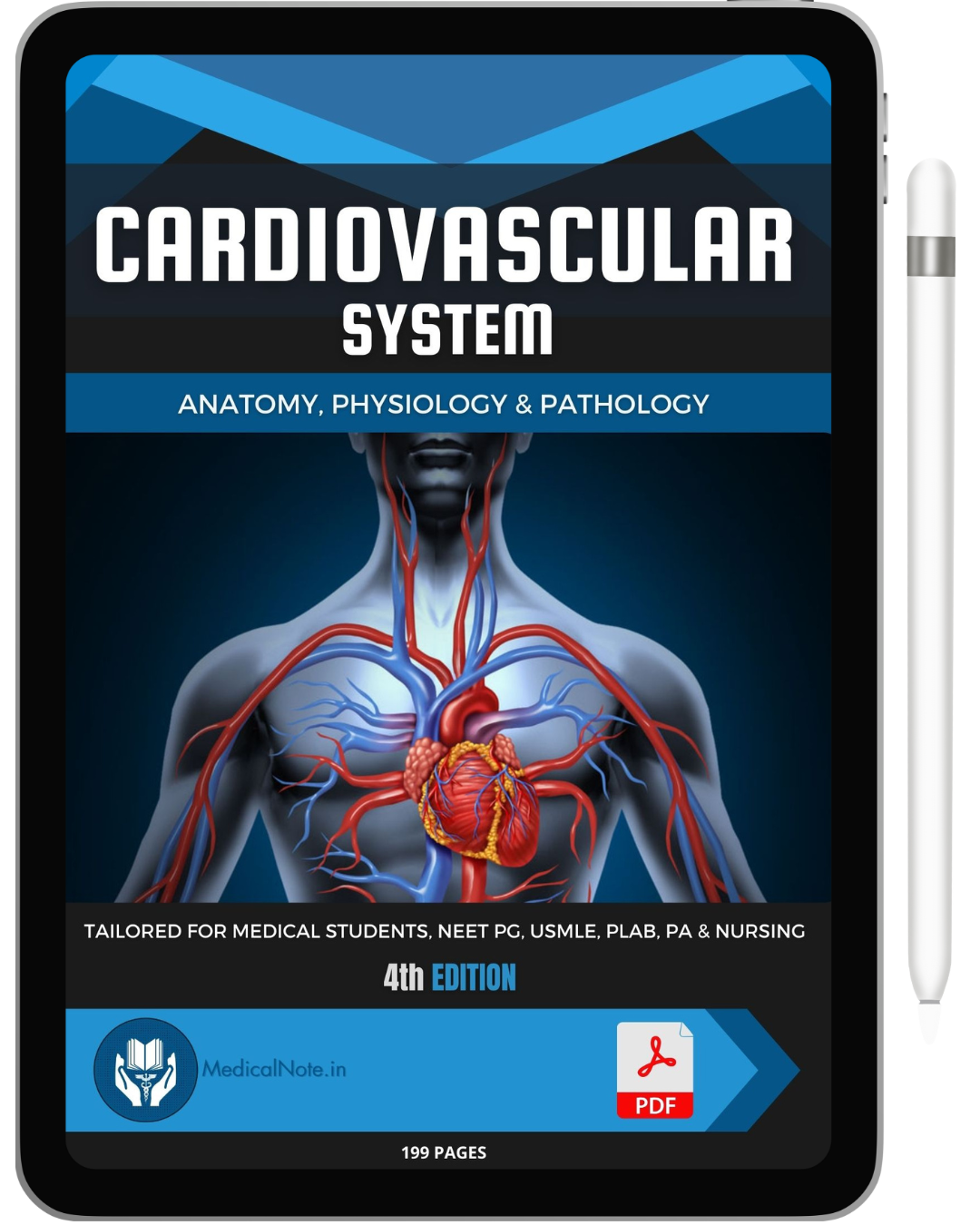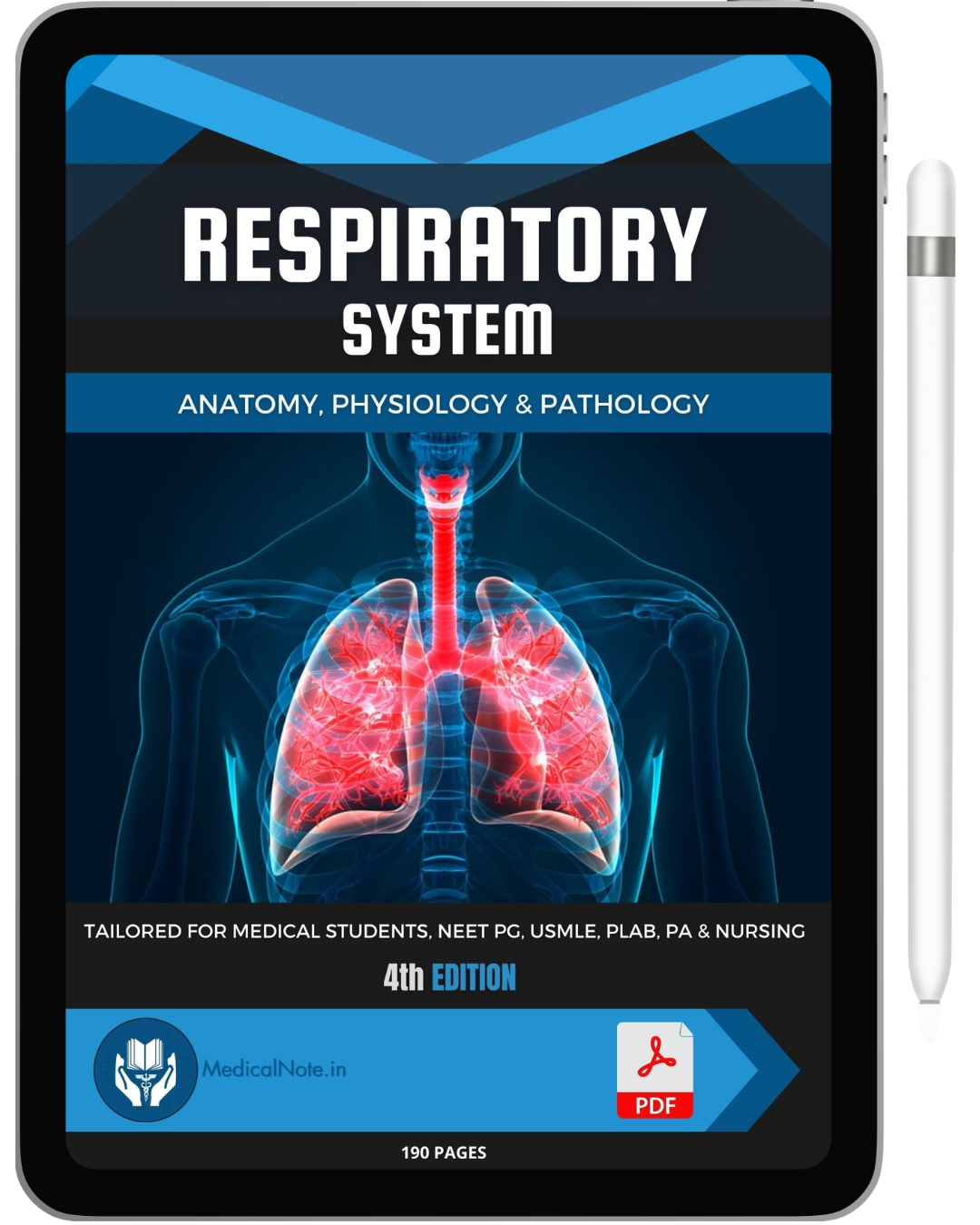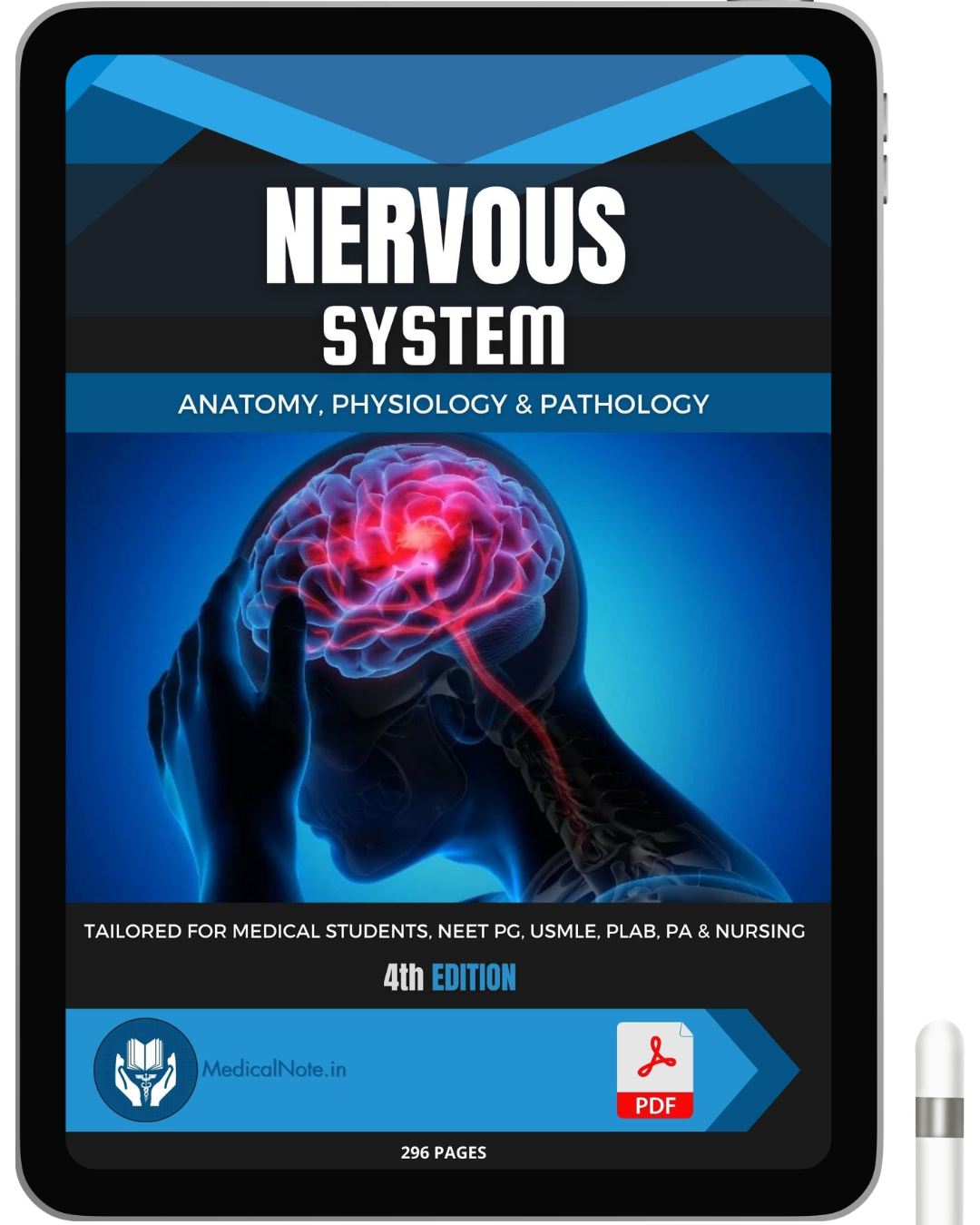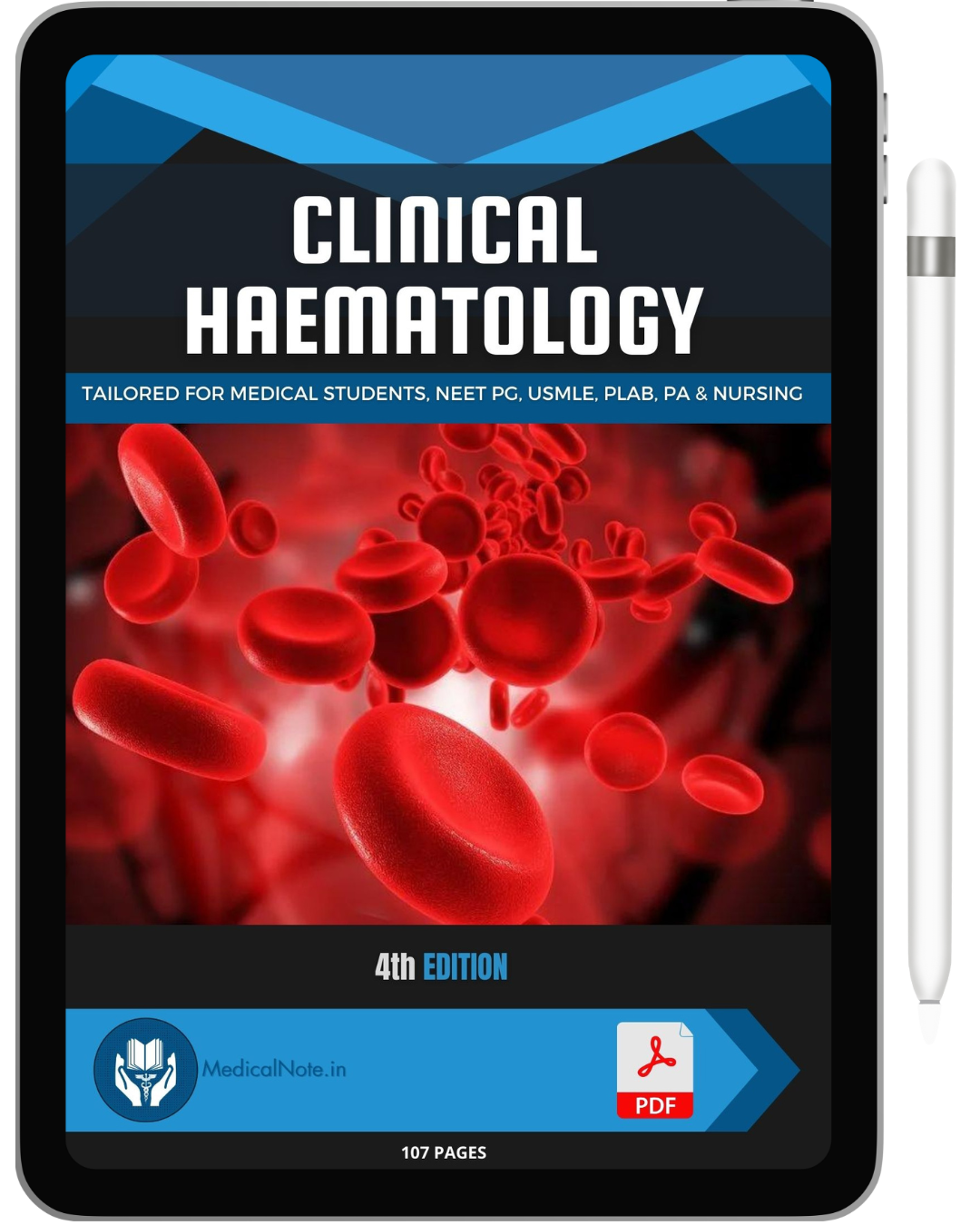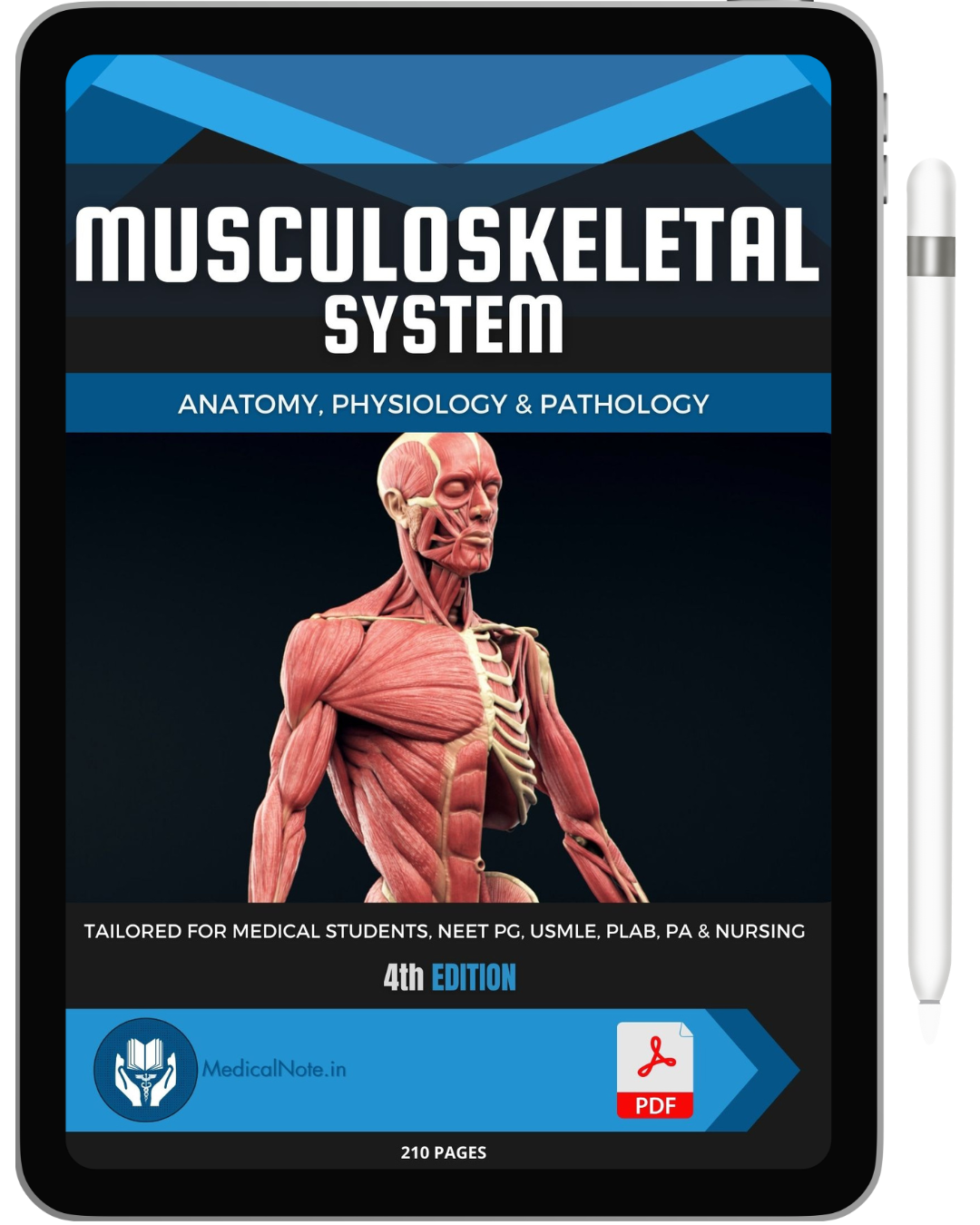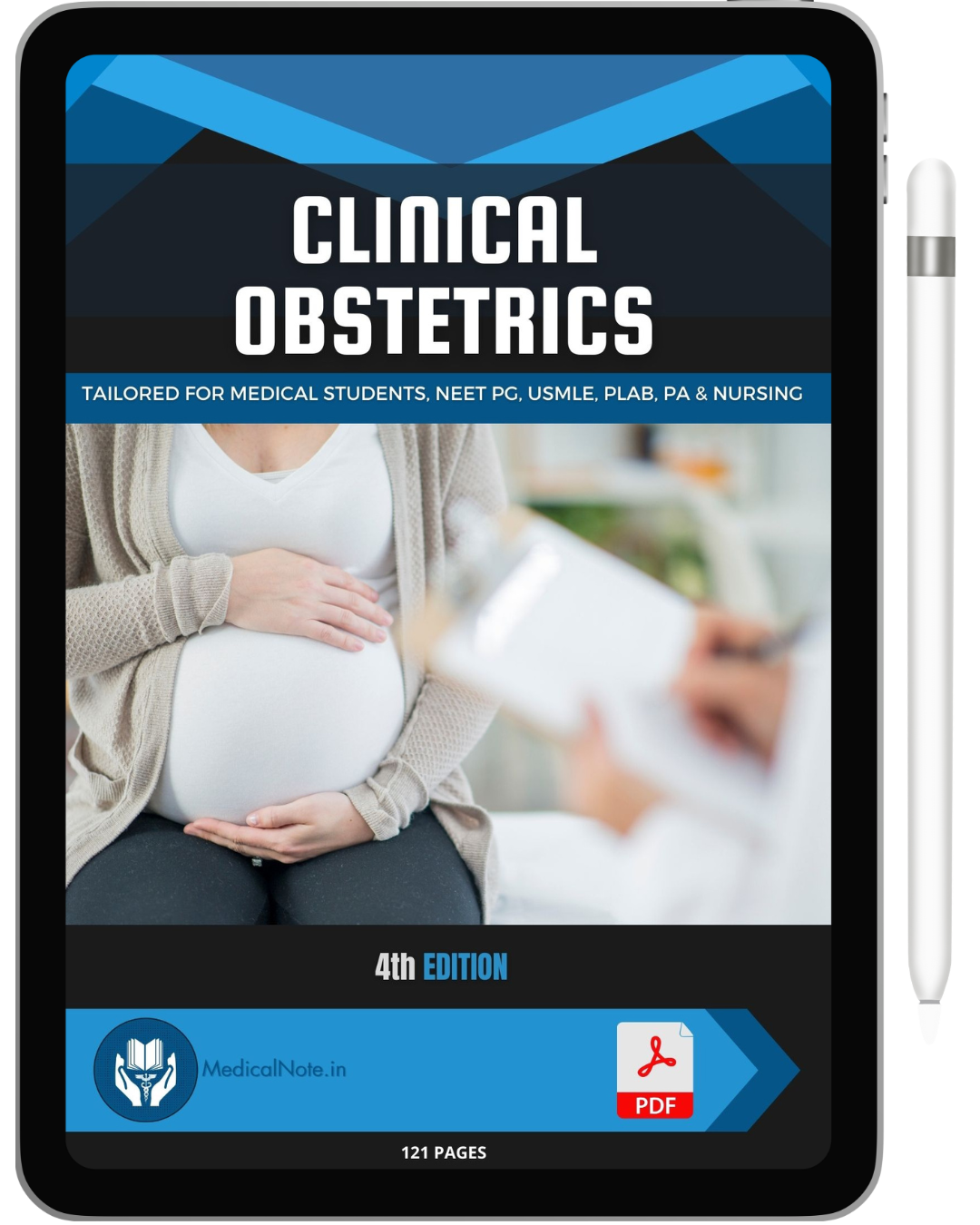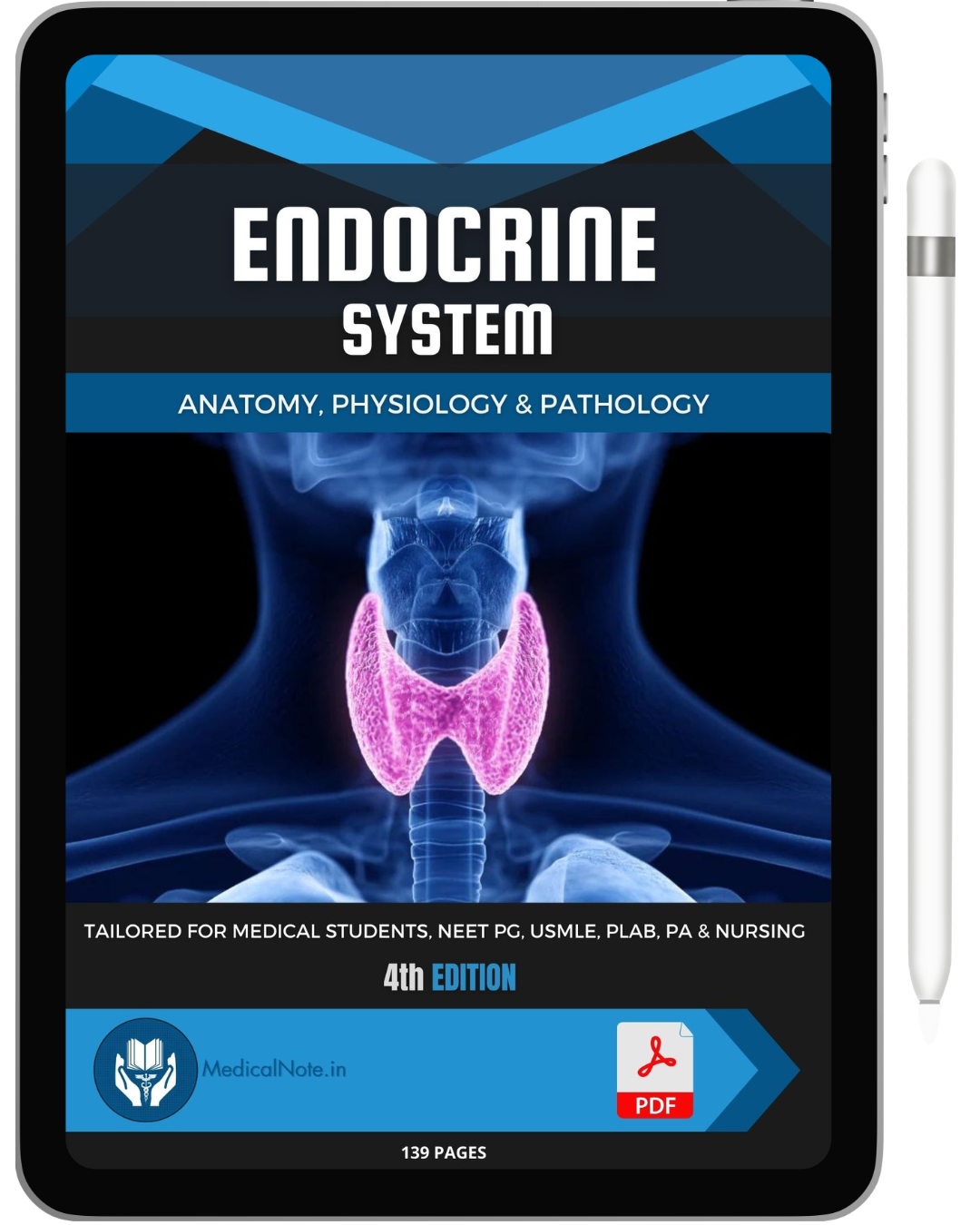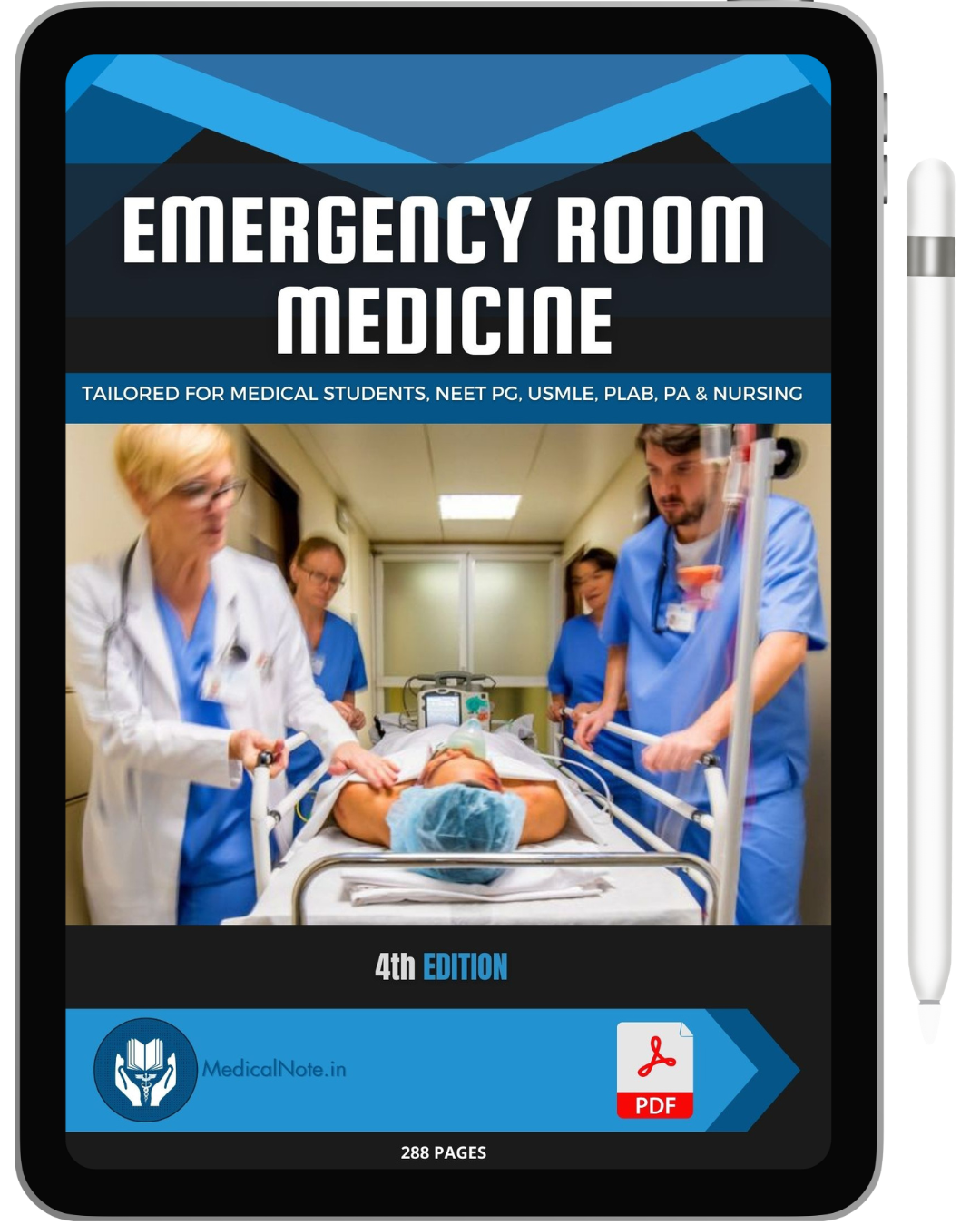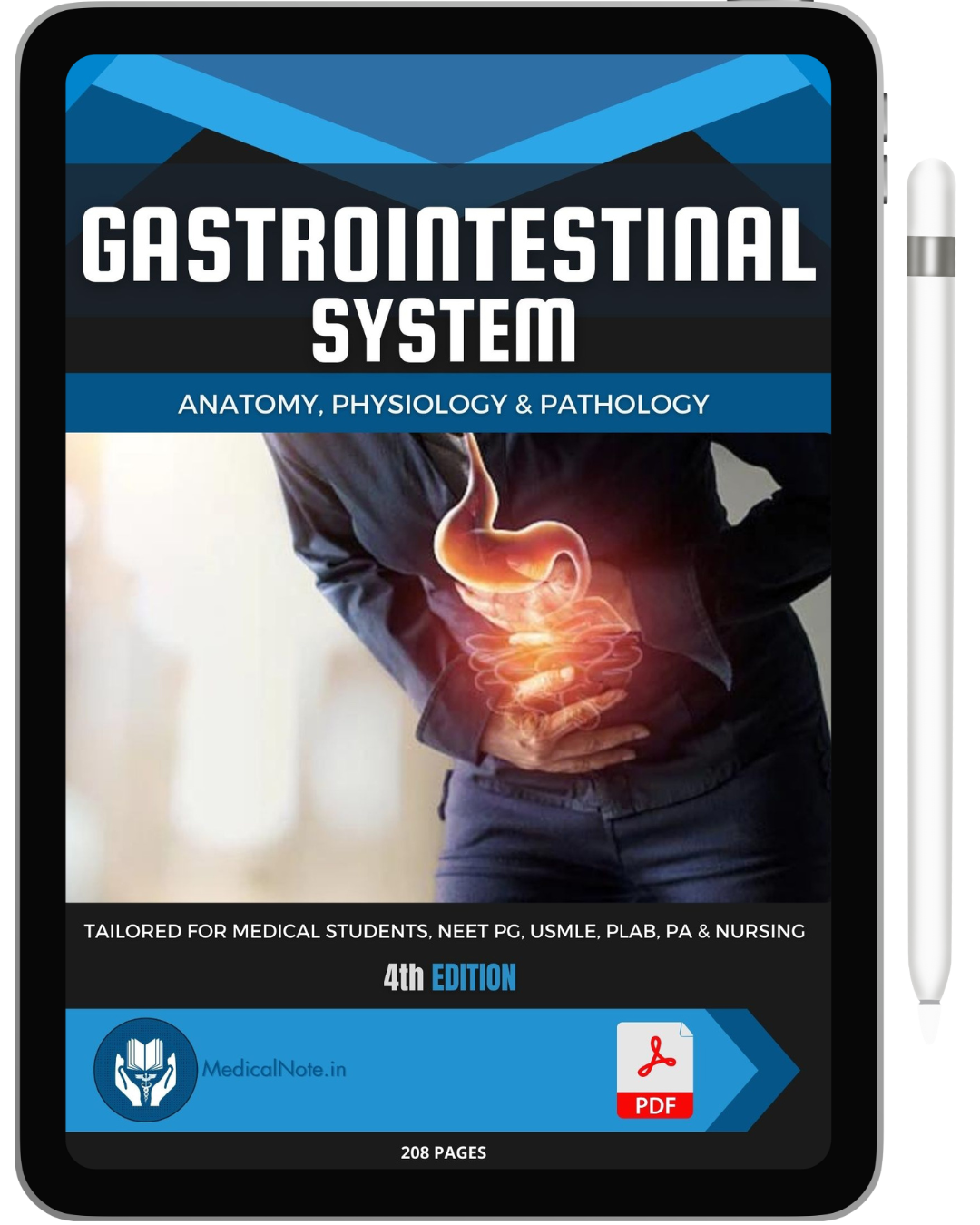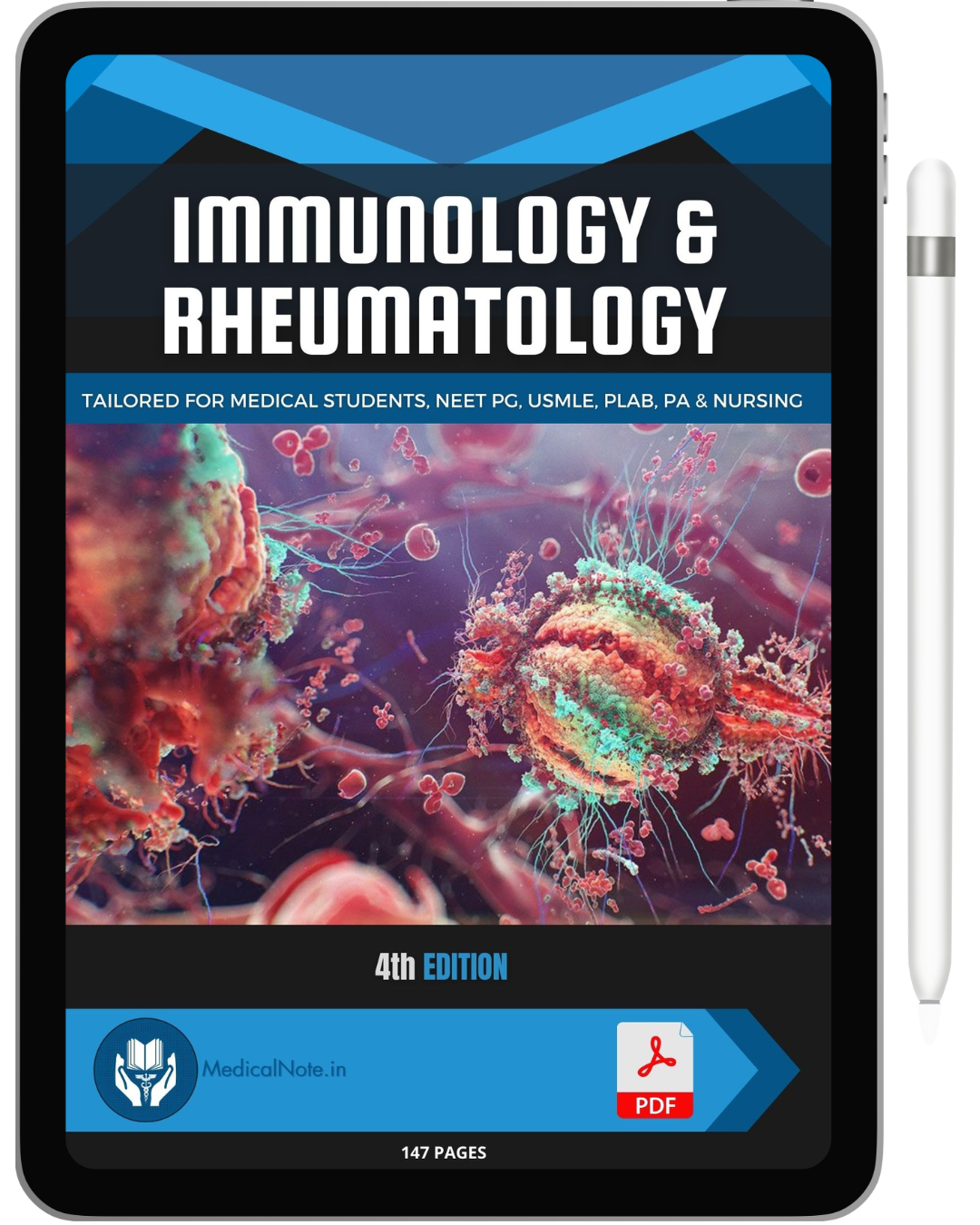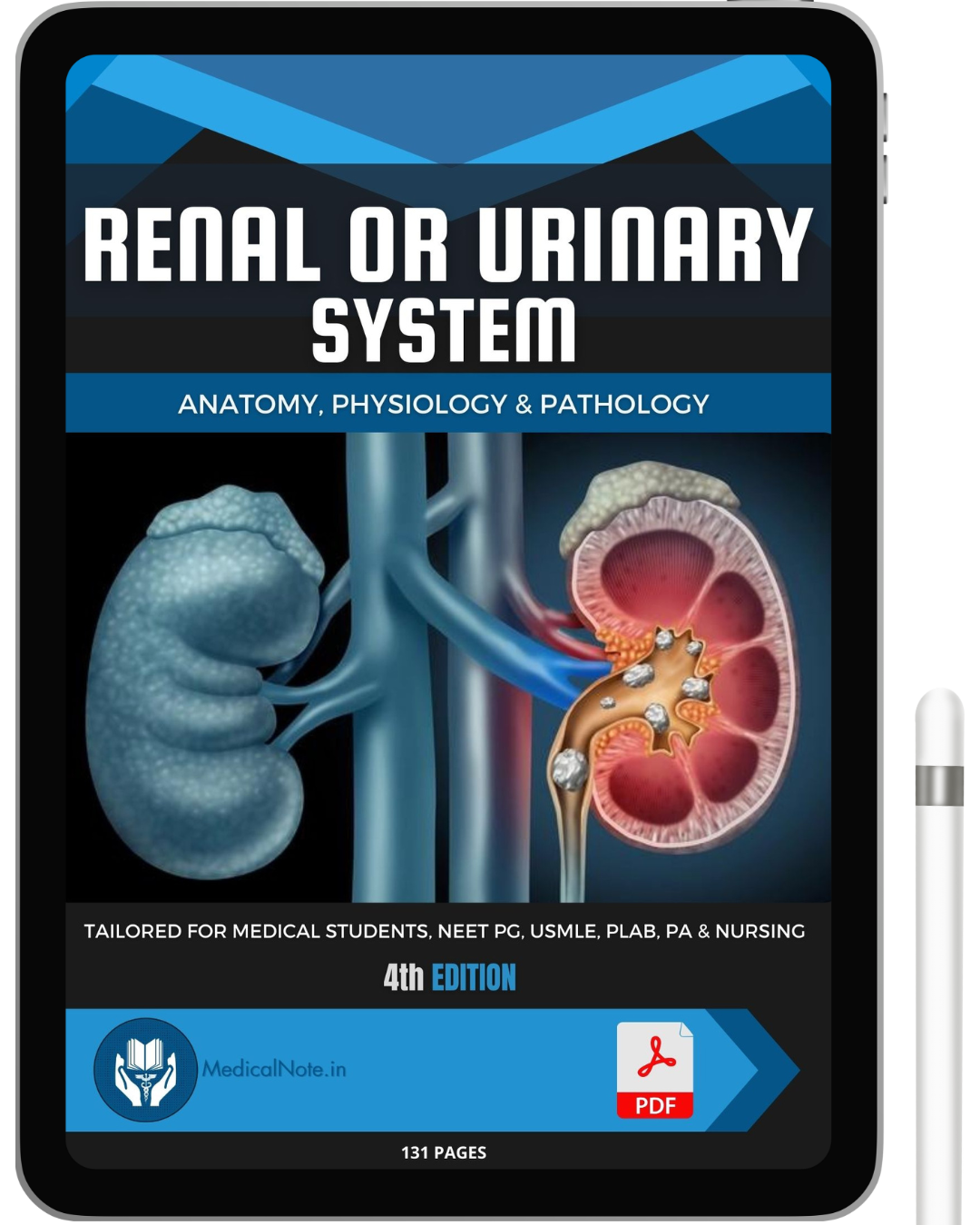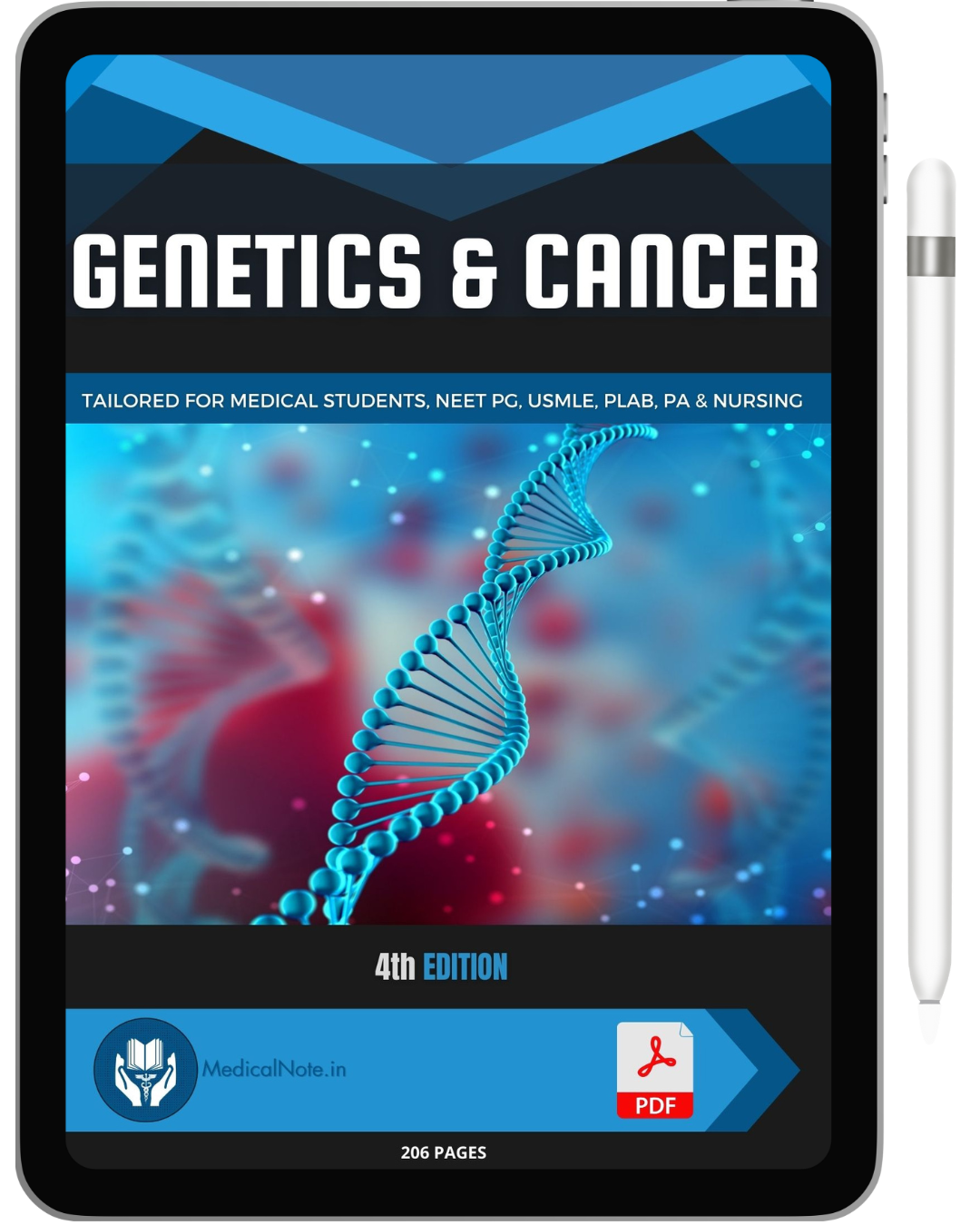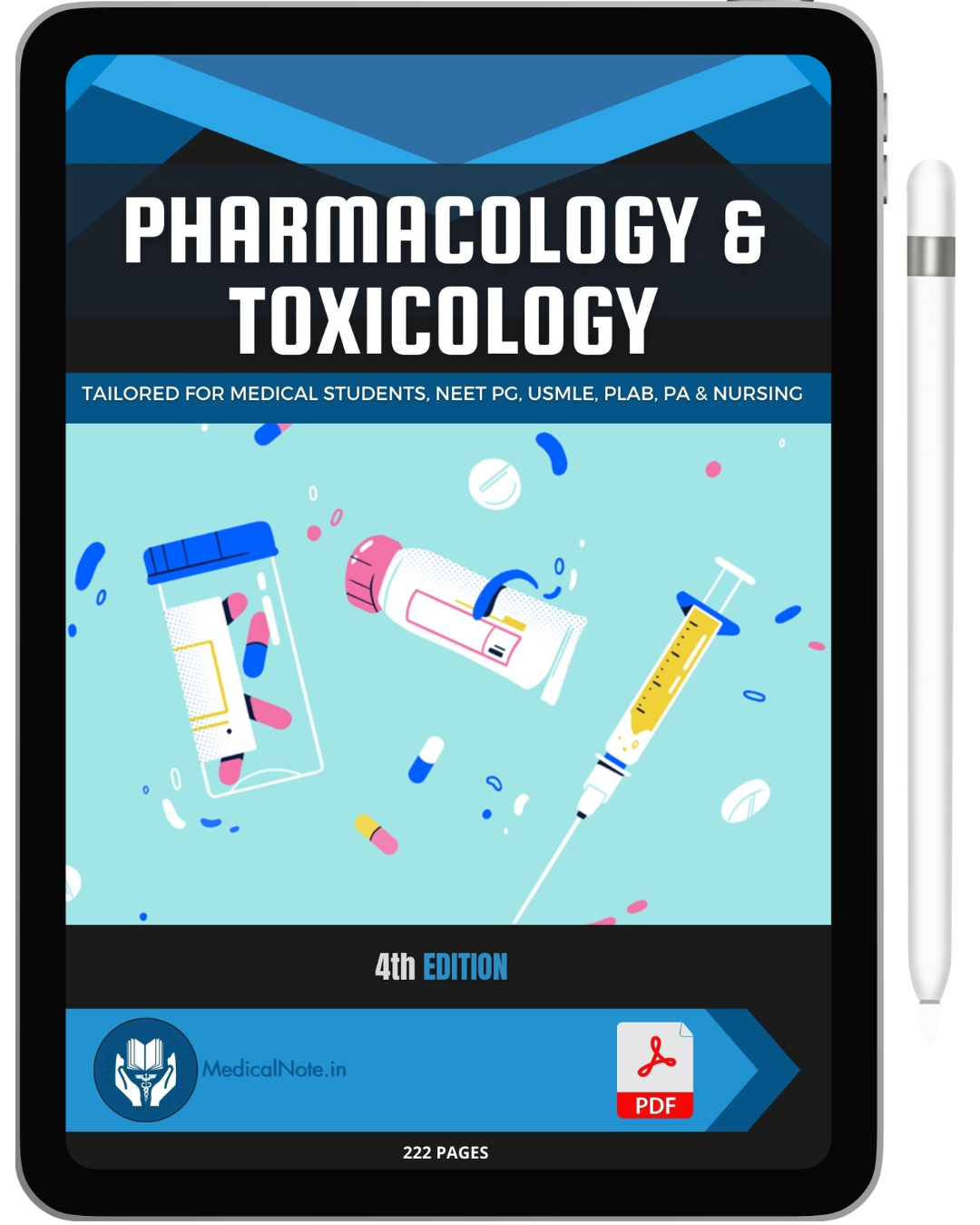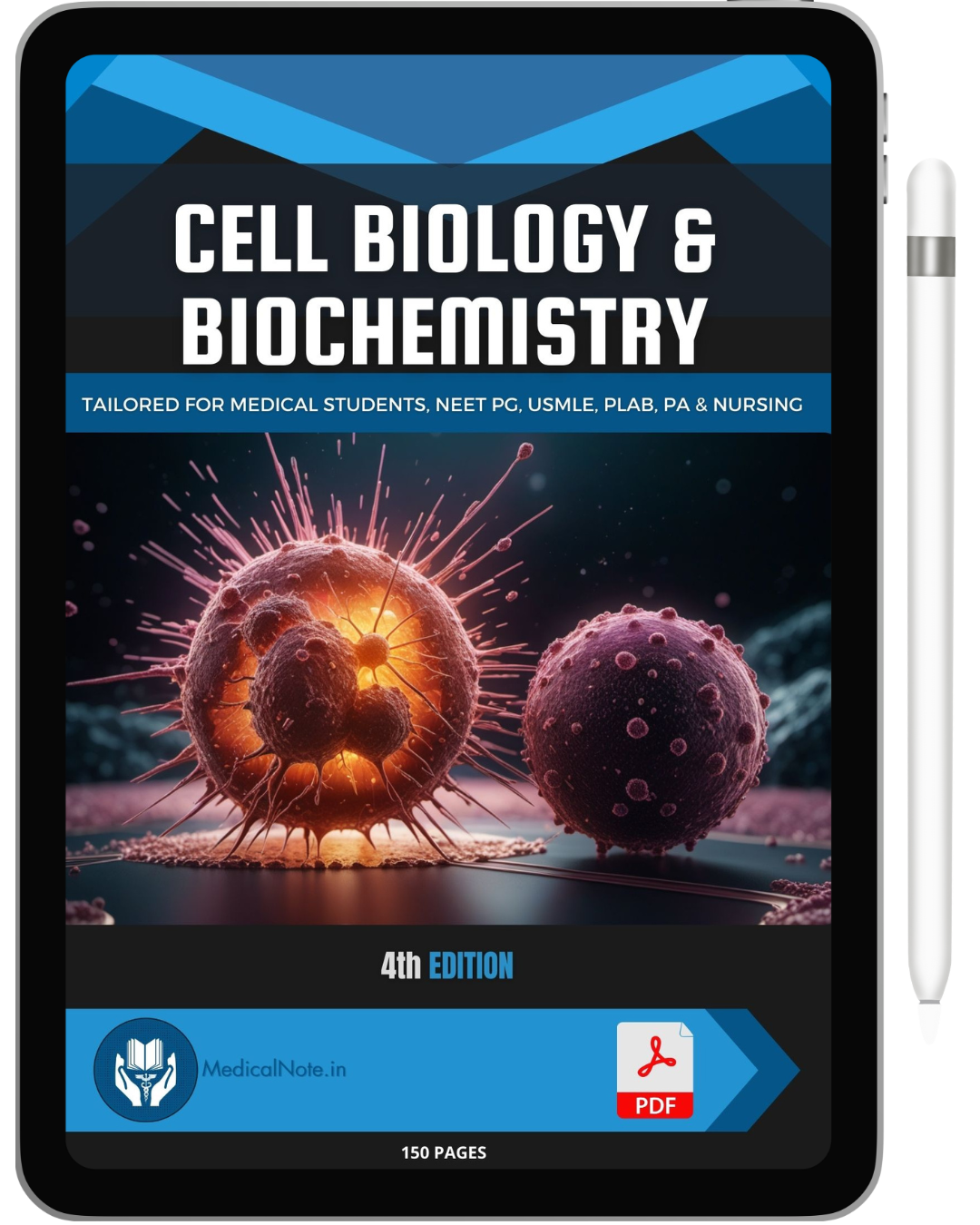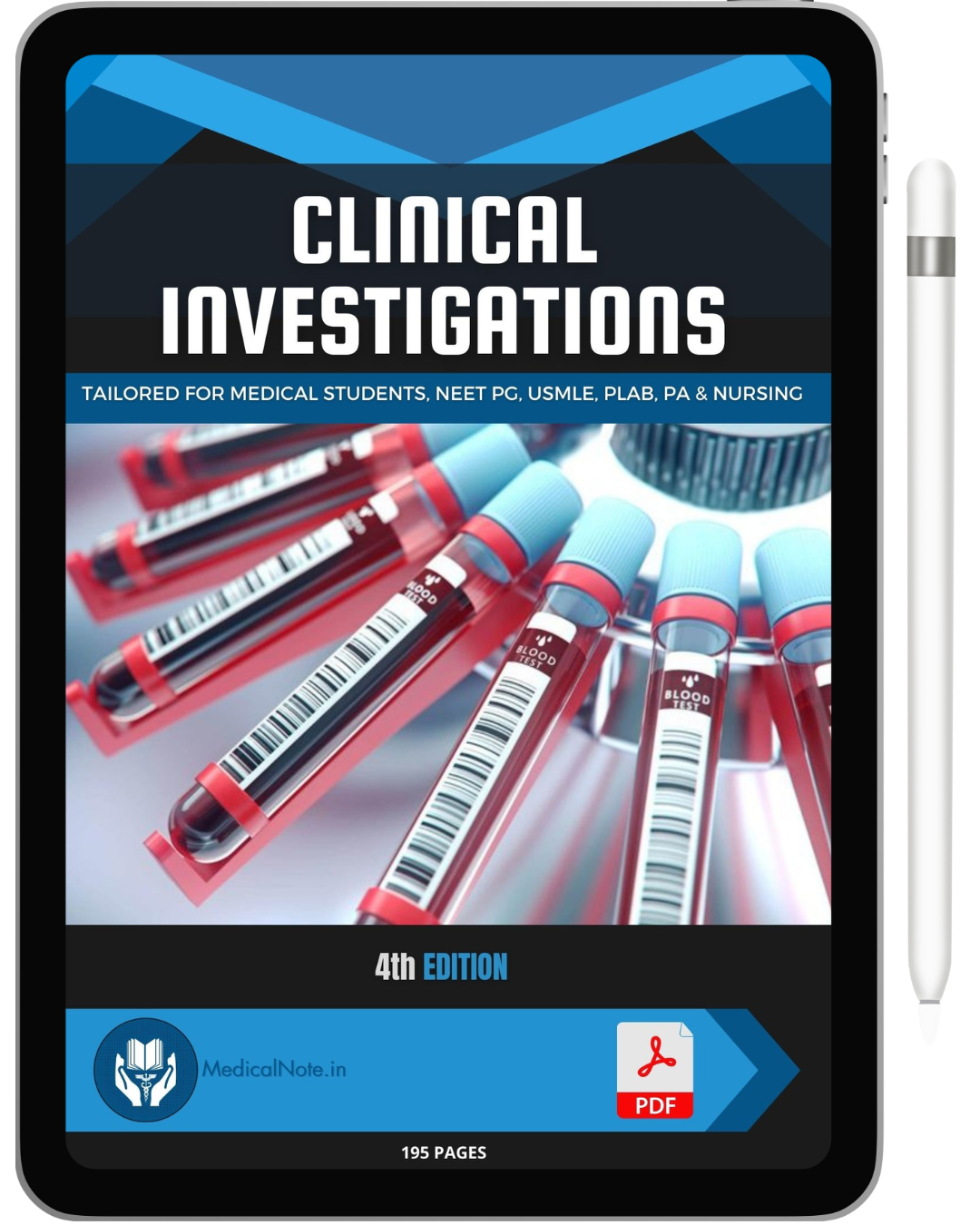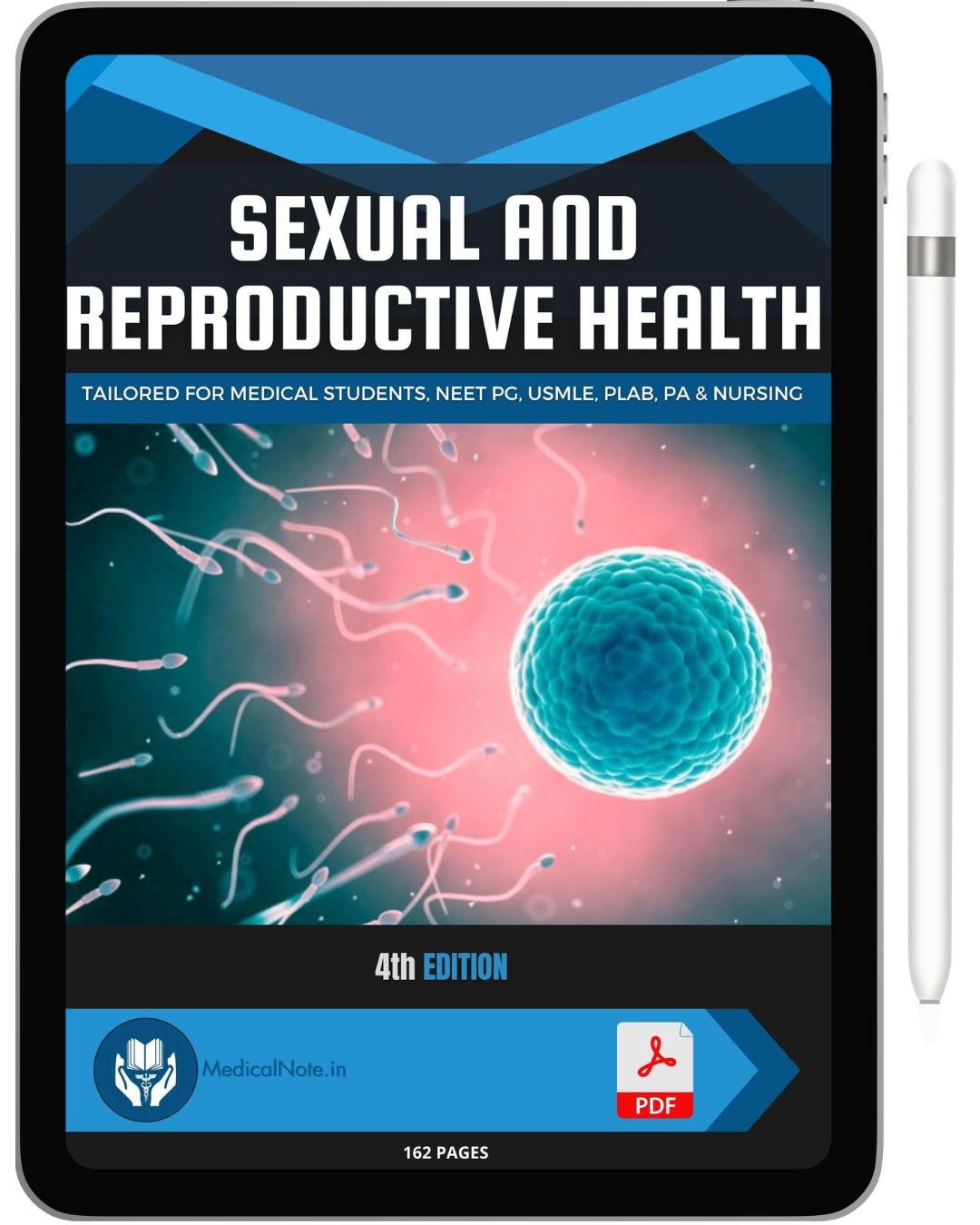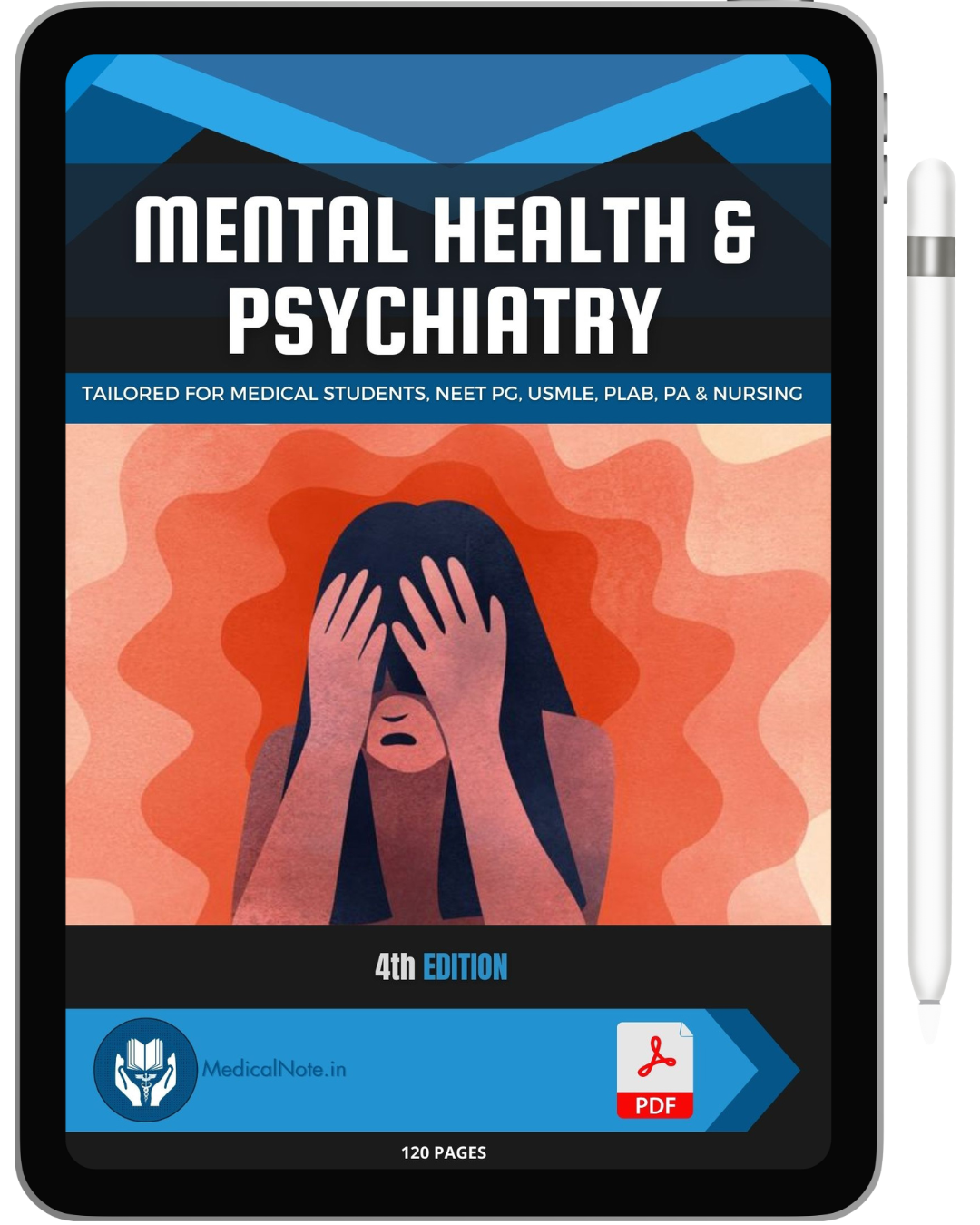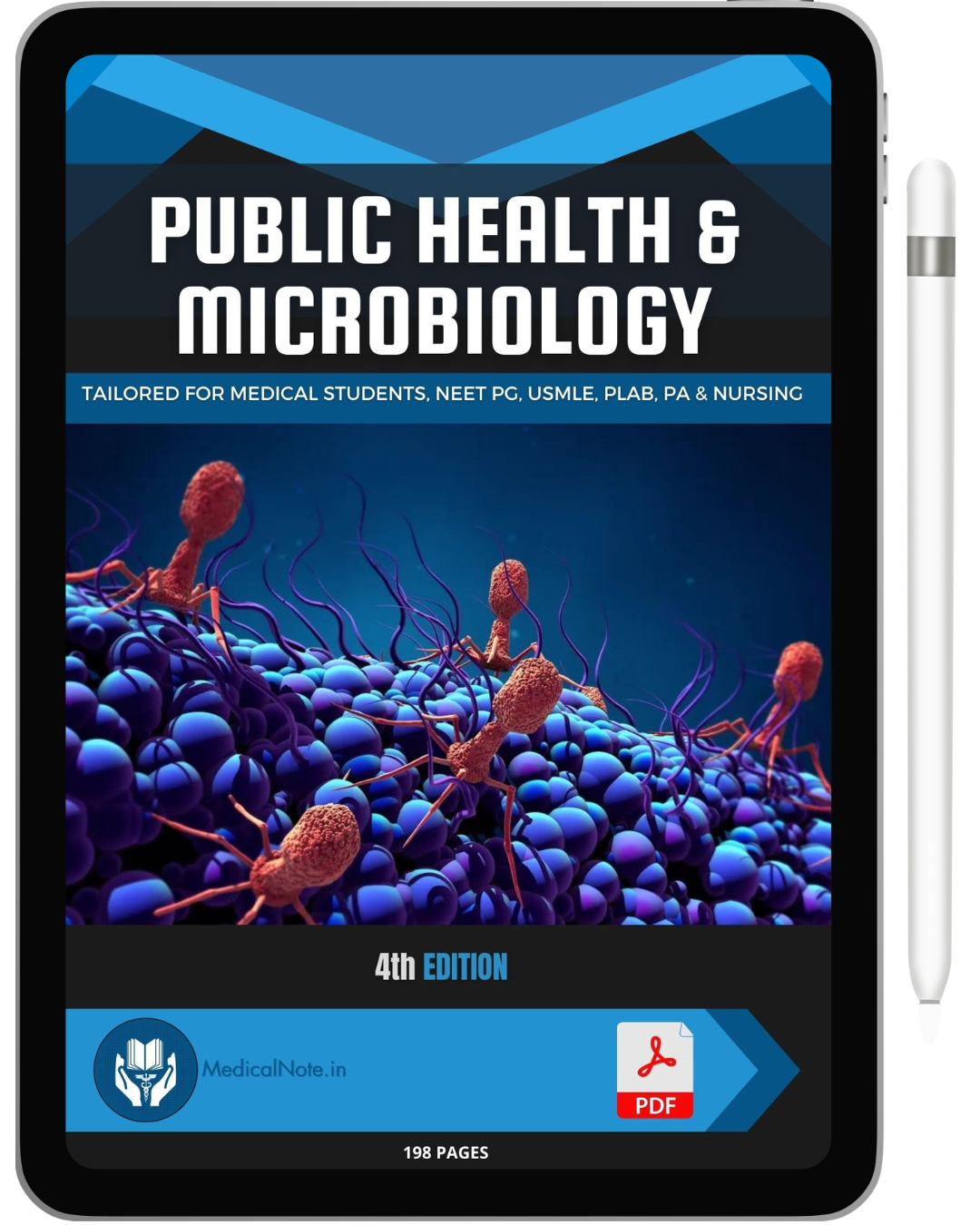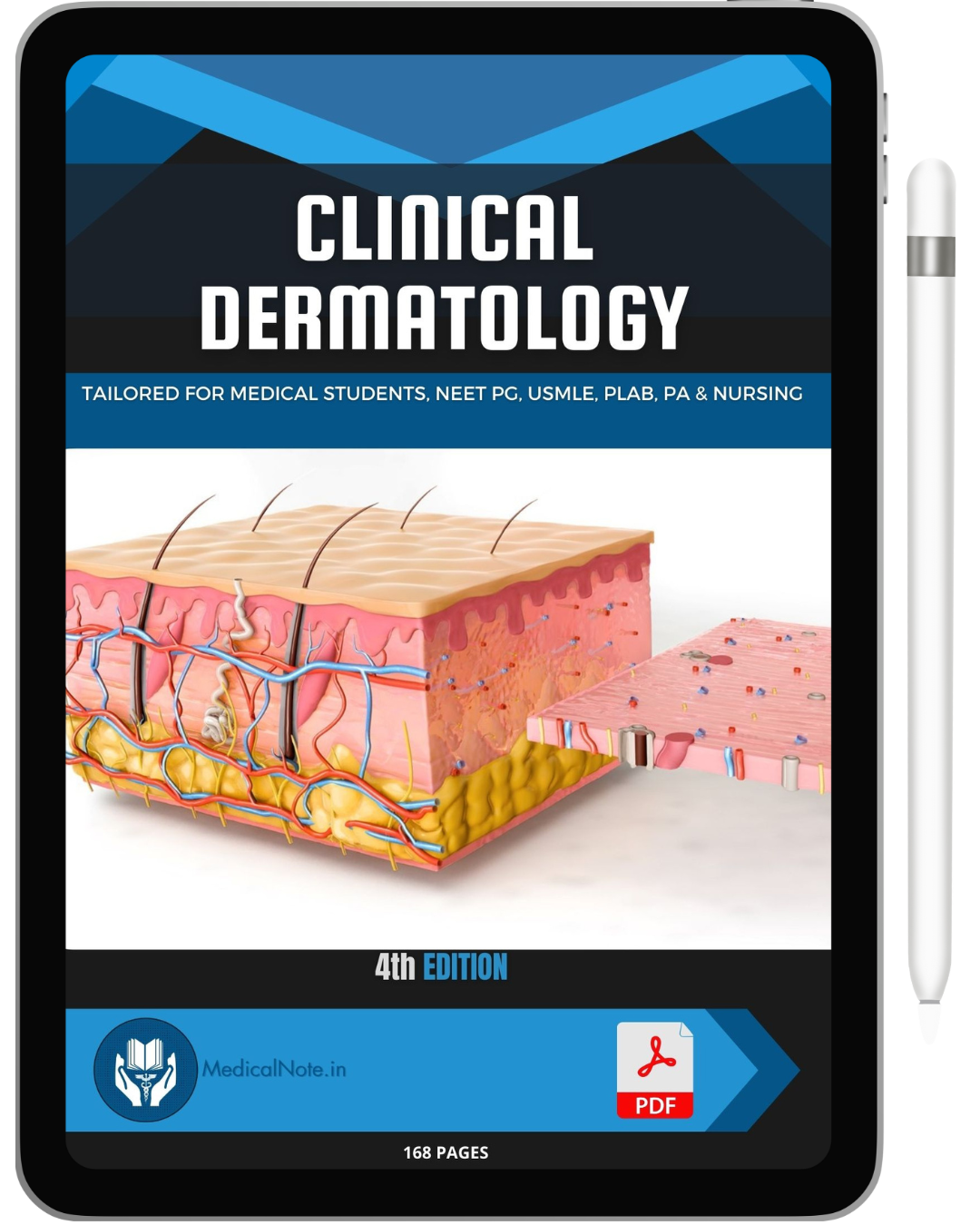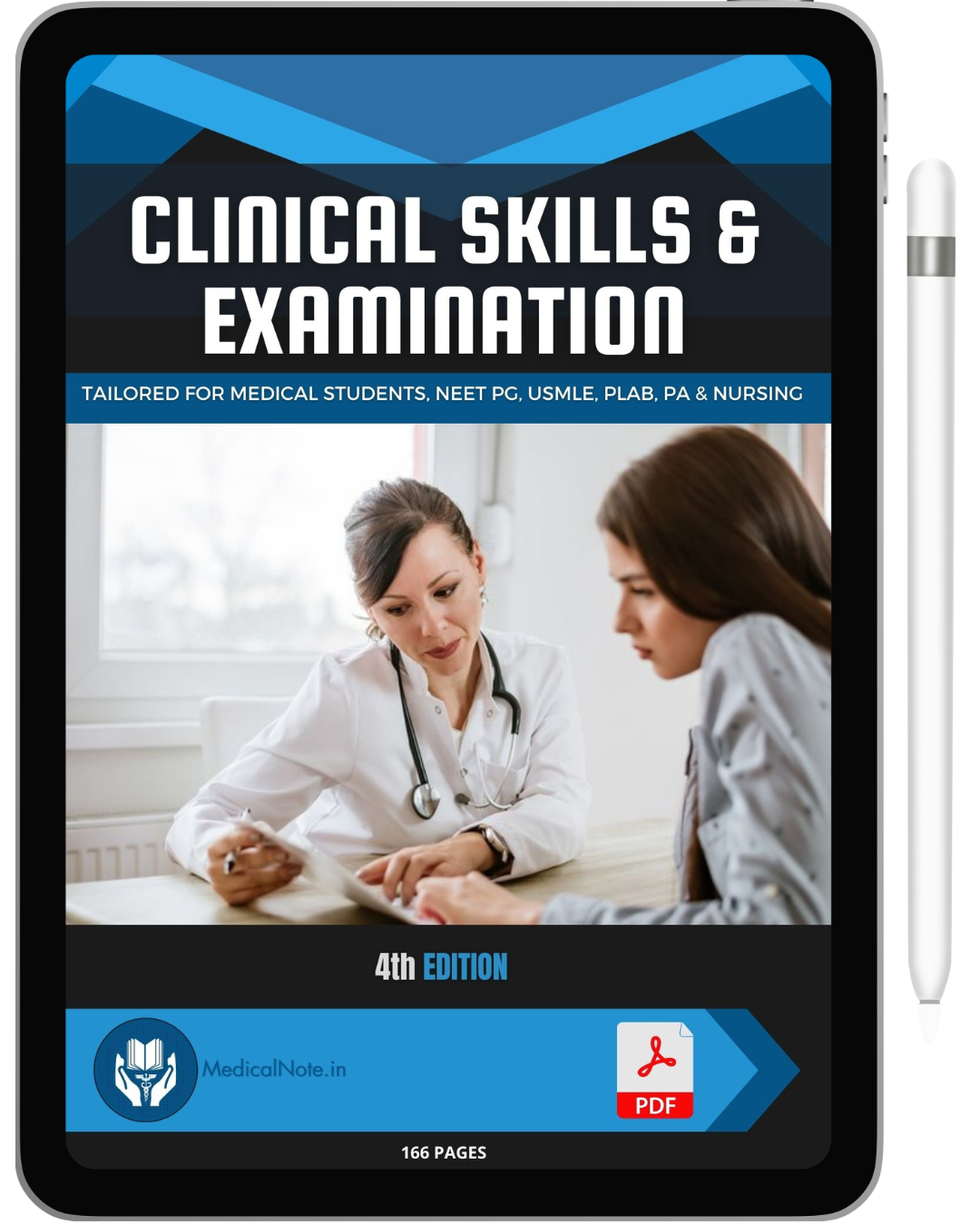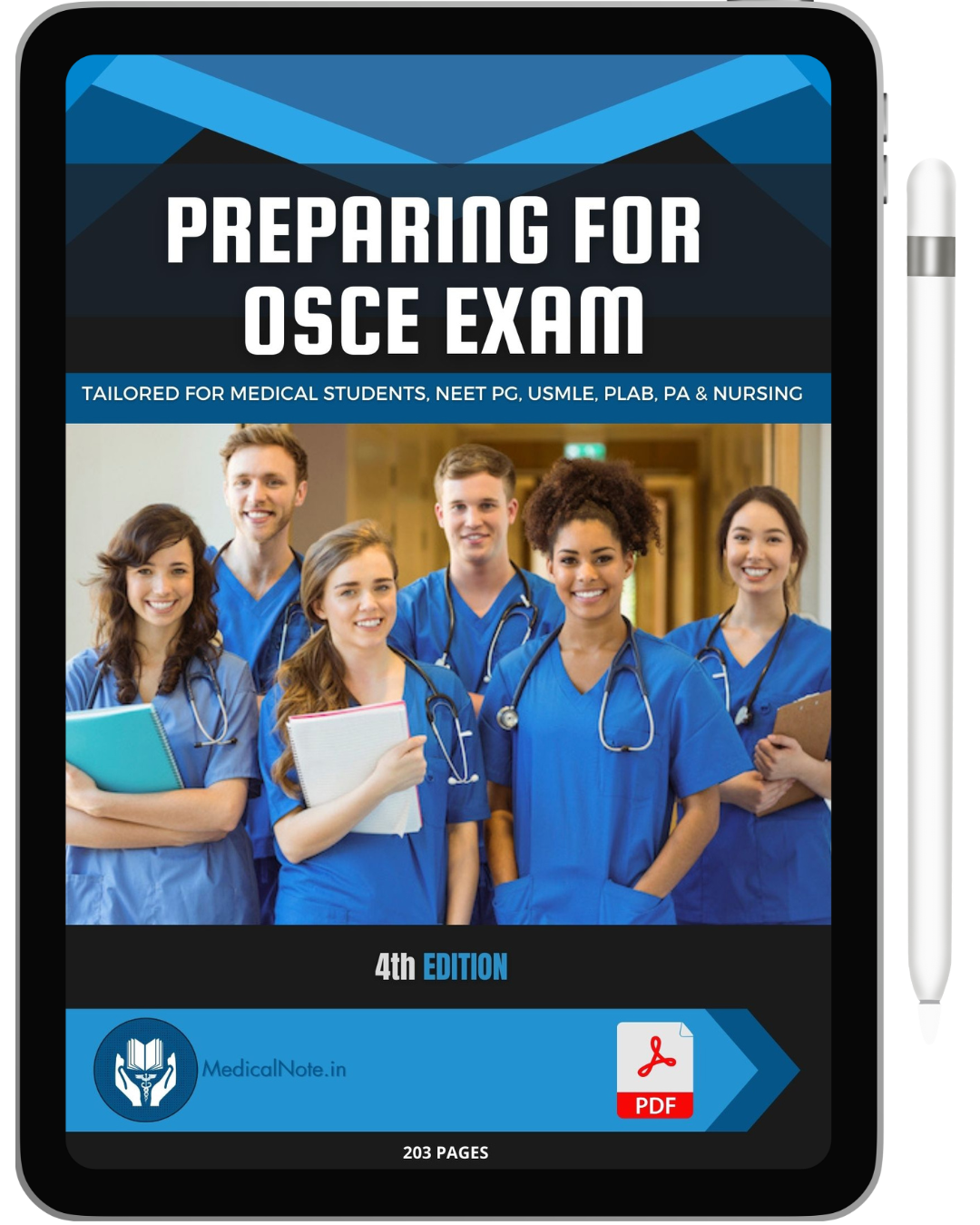Introduction
Emergency medicine involves rapid assessment and management of life-threatening conditions. Medical students must master key concepts such as triage, basic and advanced life support, and primary survey techniques.
Key Concepts in Emergency Medicine
-
Triage and Patient Prioritization
- Sorting patients based on urgency (e.g., National Triage Scale).
- Ensuring critical cases receive immediate attention.
-
Primary Survey (ABCDE Approach)
- Airway: Ensure it is clear and patent.
- Breathing: Assess respiratory rate and oxygenation.
- Circulation: Evaluate pulse, blood pressure, and perfusion.
- Disability: Neurological assessment using GCS (Glasgow Coma Scale).
- Exposure: Examine the whole body for injuries or conditions.
-
Basic & Advanced Life Support
- CPR (Cardiopulmonary Resuscitation) protocols.
- Use of defibrillation and airway management in cardiac arrest.
-
Common Emergency Conditions
- Shock, stroke, respiratory distress, and cardiac arrest.
- Essential rapid interventions to improve patient survival.
Conclusion
Mastering emergency medicine is crucial for medical students, particularly those preparing for MBBS, NEET PG, and USMLE exams.


